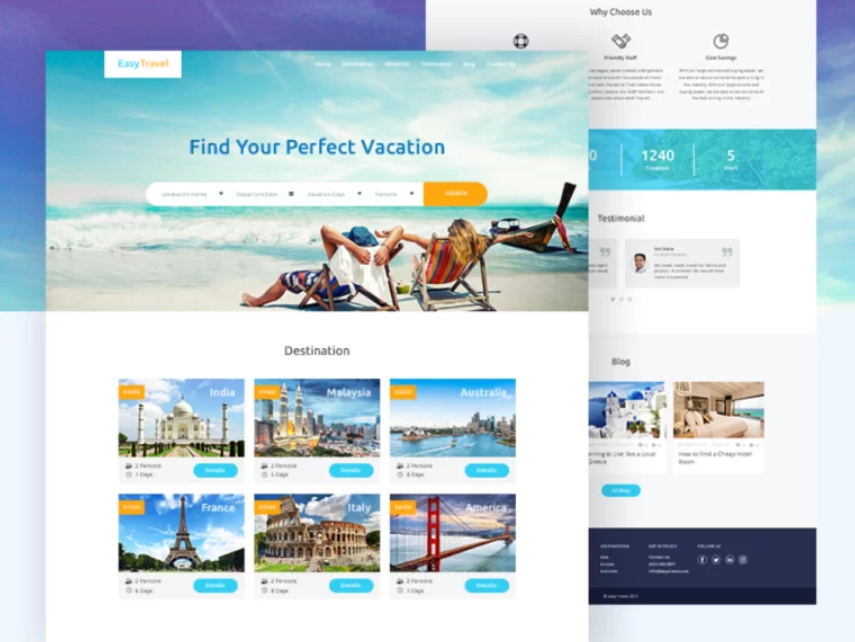Are you having a hard time getting prospective customers to book your tours? It could be that your tour sales pages need some work.
In this blog post and video, we’ll give you 7 best practices to improve the conversion rate of your tour sales pages. For examples of each best practice, watch the video below.
1. Write your tour description with your ideal target guest in mind.
When you try to write for everybody, you end up with words that appeal to nobody. Instead, write your tour descriptions directly to your ideal target guest as if writing to a friend to describe and recommend the tour. You want to speak to their heart and head.
2. Have a separate tour sales page for each tour.
If you have multiple tours, don’t try to sell them all on one page. Having a separate tour sales page for each tour will help potential guests find the tour that’s right for them and make it more likely that they’ll book.

3. Every tour sales page should have a clear call to action (CTA).
Your CTA is what you want potential guests to do on your tour sales page. It could be to book a tour, request an itinerary, or phone your tour business. Whatever it is, make sure it’s clear and easy to find.
4. Use booking software on your website.
If you want potential guests to book your tour online, you need to make it super easy for them to do so. Use booking software on your website that allows potential guests to check availability, book and pay for your tours in just a few clicks.

5. Tour description pages need to be quick-loading and mobile optimized.
In today’s world, people are spending more and more time on their smartphones. Tour description pages need to be quick-loading and mobile optimized so that potential guests can easily find the information they’re looking for regardless of what device they’re using.
6. Use a floating ‘book now’ button and availability calendar.
A floating ‘book now’ button is a button that’s always visible on the screen, even as you scroll down the page. This makes it easy for potential guests to book your tour without having to search for the CTA. An availability calendar lets potential guests see at a glance when tours are available, increasing the likelihood they’ll book.

7. Have a floating ‘book now’ bar on your website’s mobile view.
In addition to having mobile optimized tour pages, you also need to have a floating ‘book now’ bar that appears when your website is viewed on smartphones. This feature achieves the same outcome as the floating ‘book now’ button on desktop view.
Your tour sales pages fulfill a critical function—converting prospects into paying guests. By following these 7 best practices, you can improve the conversion rate of your tour sales pages and get more prospects booking your tours.
If you need help implementing any of these best practices, please reach out to us at [email protected] and we’ll point you in the right direction.




